Just a couple of years ago, my knowledge of American whiskey consisted of head-splitting Sundays after a night with Old Thompson and a flask of Jack Daniels I once bought in college when I thought drinking whiskey would get rid of my cold. I was not interested in learning more, needless to say. I had found a true love in single malt Scotch and my love affair was proceeding swimmingly.
Then I went to WhiskyFest in San Francisco. It’s the kind of drinking festival where you pay a hefty sum up front and get a tasting glass that never runs dry so long as the festival is still going and you have the wherewithal to extend it to whisky ambassadors working the hundreds of booths in the hall. These things never end well (for the imbibers), but they do a great job of exposing you to whiskies you’d probably never go out and buy on a lark. Of course I went to the event for the Scotches, but I tasted a number of American whiskies not named Old Thompson or Jack Daniels that I thought were decent. Quite good, even.
The thought stuck with me through the horrid day after the festival, as months later I found myself in the grocery store staring at a bottle of rye whiskey. It was a bottle of Willett Family Estate 4-Year-Old Bottled Rye – single barrel, barrel proof, and the price was right. I placed it in the cart and hurried away before I changed my mind.
Truth be told, it was one of my wiser decisions. The rye was rich, spicy, full bodied, and different – in a pleasant way – from single malt Scotch. More importantly, this single bottle of Willett opened my mind to the possibilities of American whiskey, and the distillery became a must-visit stop on my trip to Bourbon country.
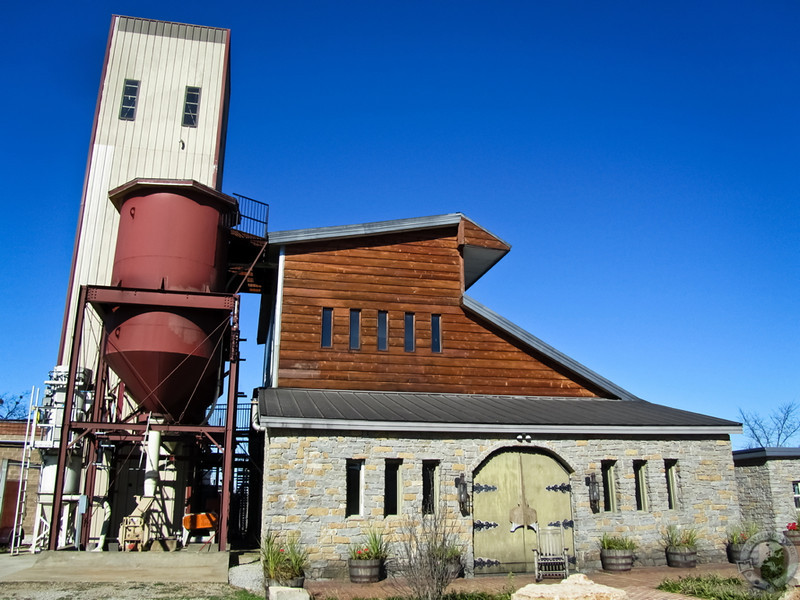 The Willett Distilling Company, also known as Kentucky Bourbon Distillers, is part of the Kentucky Bourbon Trail’s “Craft Tour.” I wouldn’t call Willett a micro-distillery, but it’s certainly much smaller than the big boys in the region, places like Jim Beam, Buffalo Trace, and Heaven Hill (article forthcoming). I can’t help but be inclined toward smaller operations; in my experience, they generally focus on quality to a greater degree if for no other reason than production is limited by the size of their operation. As our little tour group made the quick circuit of Willett’s spotless facilities, a collection of buildings on a 120+ acre lot dating from the 1930s, that focus on quality was a point of purposeful repetition.
The Willett Distilling Company, also known as Kentucky Bourbon Distillers, is part of the Kentucky Bourbon Trail’s “Craft Tour.” I wouldn’t call Willett a micro-distillery, but it’s certainly much smaller than the big boys in the region, places like Jim Beam, Buffalo Trace, and Heaven Hill (article forthcoming). I can’t help but be inclined toward smaller operations; in my experience, they generally focus on quality to a greater degree if for no other reason than production is limited by the size of their operation. As our little tour group made the quick circuit of Willett’s spotless facilities, a collection of buildings on a 120+ acre lot dating from the 1930s, that focus on quality was a point of purposeful repetition.
In the spring of 1936, just after the repeal of prohibition, Thompson Willett and his brother Johnny opened the Willett Distillery on the family farm, and the distillery has been in the family’s hands ever since. These days, the distillery’s various departments are managed by the children of Thompson Willett’s son-in-law, and the entire distillery operates with a staff of around 24 people.
Many of the distillery’s buildings are in the process of or slated for renovation, but I was shocked to see facilities that made Willett look brand new. Red brick walls and floors surrounded polished metal mash cookers and holding tanks with new wooden walkways. Our guide explains that they have 30-35 different mash bills, an astounding number compared to the big boys who often have less than five. Now, Willett has a slew a whiskies in its portfolio, labels like Noah’s Mill, Rowan’s Creek, Johnny Drum, Old Bardstown, and Pure Kentucky, but I’m at a loss to understand where the rest of these mash bills fit in. Willett does all their cooks at night so they can begin fermentation bright and early.
We ascend stairs into a heavenly fermentation room, all the tanks open and full of bubbling porridge sized to feed giants, emblazoned with light pouring in from a wall of windows. Three thousand gallons of mash go into each fermenter, plus some stillage from a previous distillation. This sour mash helps the yeast, which they get from Wisconsin(!), work more quickly. Fermentation last four days, and you can easily tell how far along a batch is by reading the action in the tank. If it’s quiet, fermentation is winding down.
While aging and bottling of Willett’s whiskey has always happened here, up until January 2012 Willett’s whiskey was distilled elsewhere. Where, exactly, is not public knowledge, but it’s a moot point now – they’ve got their column still and their one-of-a-kind Norwegian-American mashup of a pot still going full bore. That column still – that huge, super tall still – was once stolen and taken to Mexico where it was legally operated to produce spirits. There’s even a Mexican license on the still to this day.
The copper pot still is unlike anything I’ve seen before. A series of valves line the still’s long neck that allow the distiller to adjust the pressure inside the still while it is distilling. Our tour guide said it was an amalgamation of American and Norwegian design, and I only wish I had more info about the Norwegian influence.
Willett distills approximately 25 barrels/day. That’s tiny. They are intensely proud of their white dog – what the Scottish call newmake – and the distiller draws some off for everyone to try. I’ve yet to find my taste for white whiskey, but this is not bad. I could identify flavors that are present in the finish product, and, if anything, it clearly showed me where wood fills in the flavor spectrum.
After a brief jaunt across Willett’s manicured grounds, we step into a warehouse brimming with barrels stenciled with Willett and Kentucky Bourbon Distillers. More than 50,000 barrels sleep on site in eight non-climate-controlled warehouses. The warehouse is my favorite place in any distillery – barring the tasting room. I love the smell of it, the silence, the ambient work in progress. Willett’s warehouse is no different. I don’t want to leave.
Alas, I must leave. Back in the gift shop, we’re treated to a taste of their flagship Willett Pot Still Reserve Bourbon in the elegant bottle modeled after their pot still. This is single barrel whiskey aged between five and seven years at 94 proof. It’s a light, smooth, sweet Bourbon with notes of vanilla, corn, and dry oak. As the whiskey develops on the palate, I found flavors of caramelized sugar and salty, buttered popcorn. Quite a unique Bourbon.
Behind the bar stand Family Reserve Bourbons and ryes of various ages: 4-year, 8-year, 20+-year. I’m reminded that Willett was my gateway from Scotch to American Whiskey. I like what I see and taste here. The small operation suits them, as the whiskey they’re producing is right up there with some great single malts. Soon they’ll have a B&B on the premises, and lord knows that’ll be a boozy night’s stay because I’ll have to spend the night.
And happily, too, with my first true love of American whiskey. The single malts can share me.
Disclosure: The Kentucky Bourbon Trail coordinated my visit to Willett. All thoughts and opinions expressed here, as always, are my own.

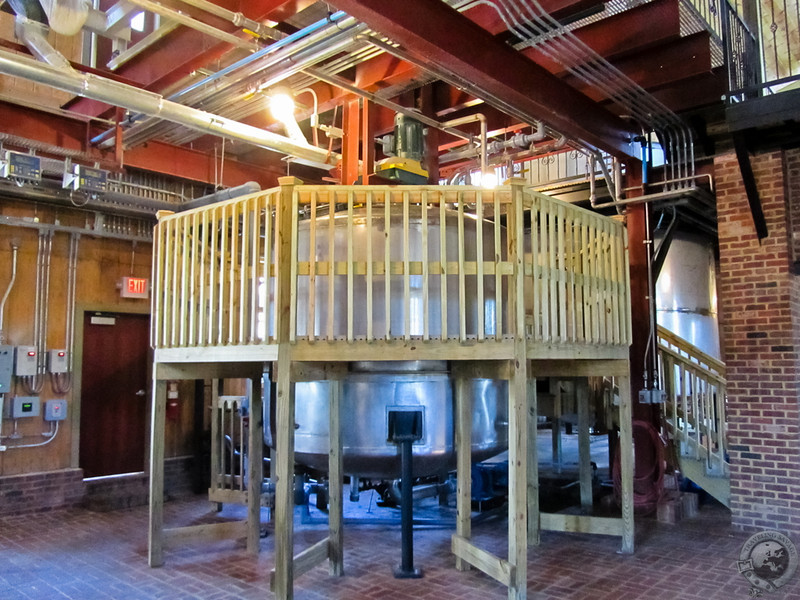
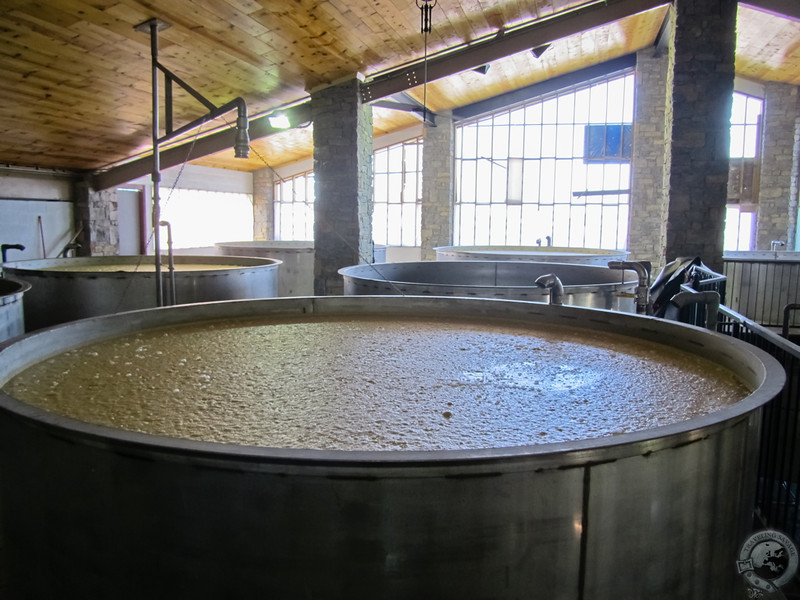
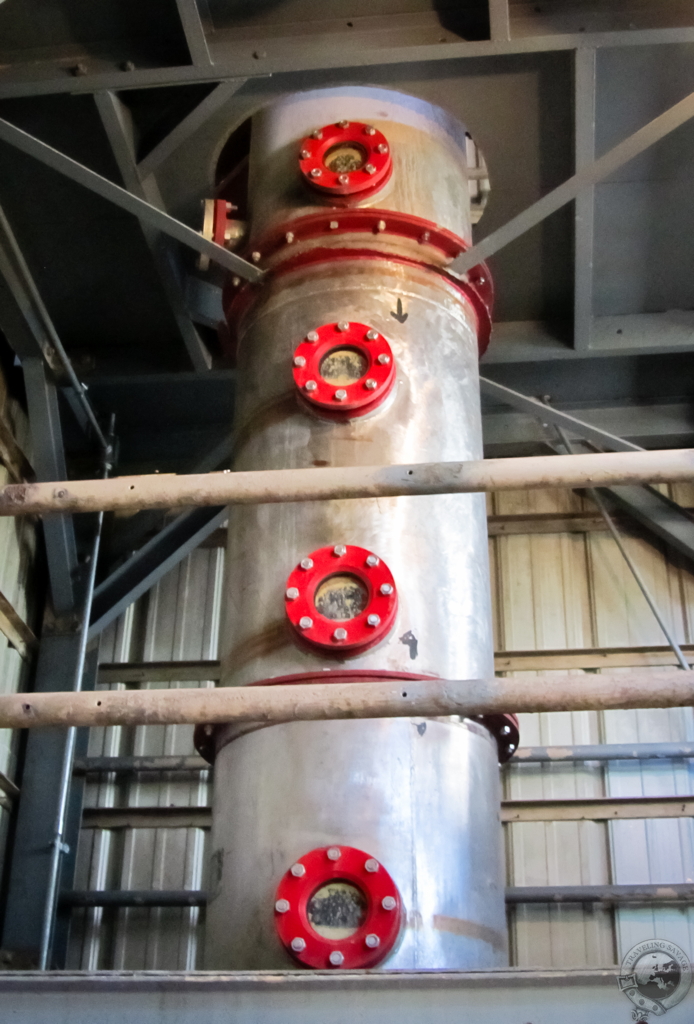
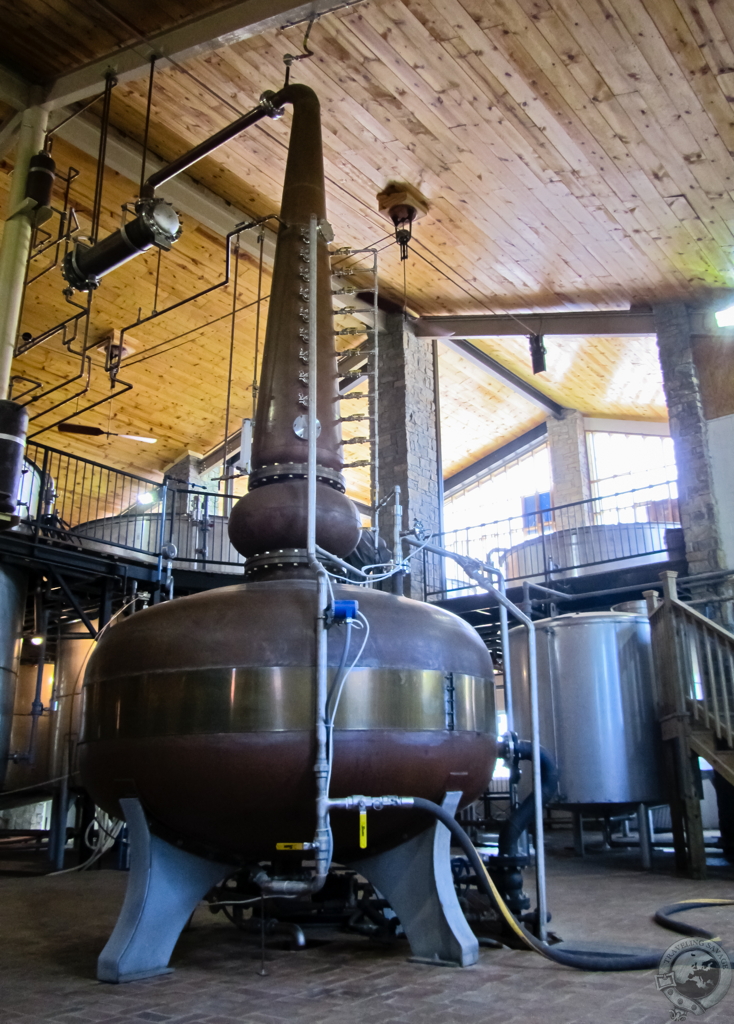
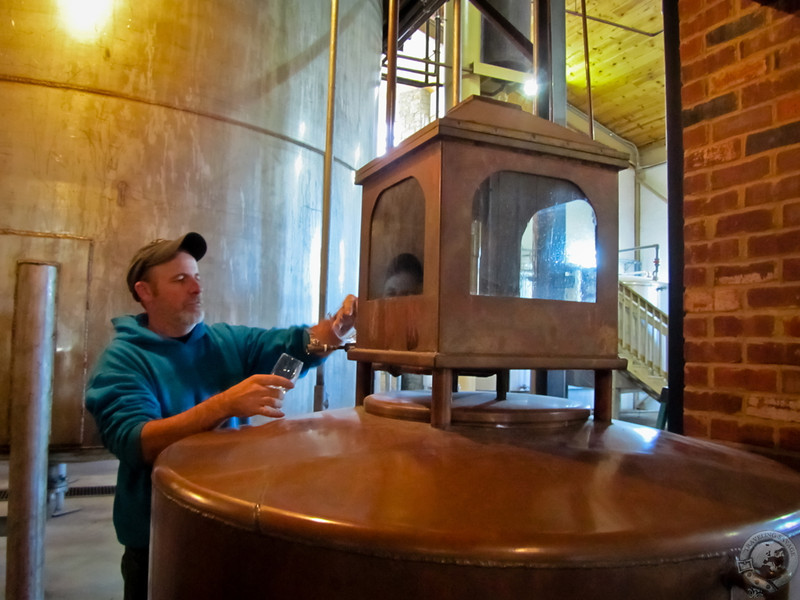

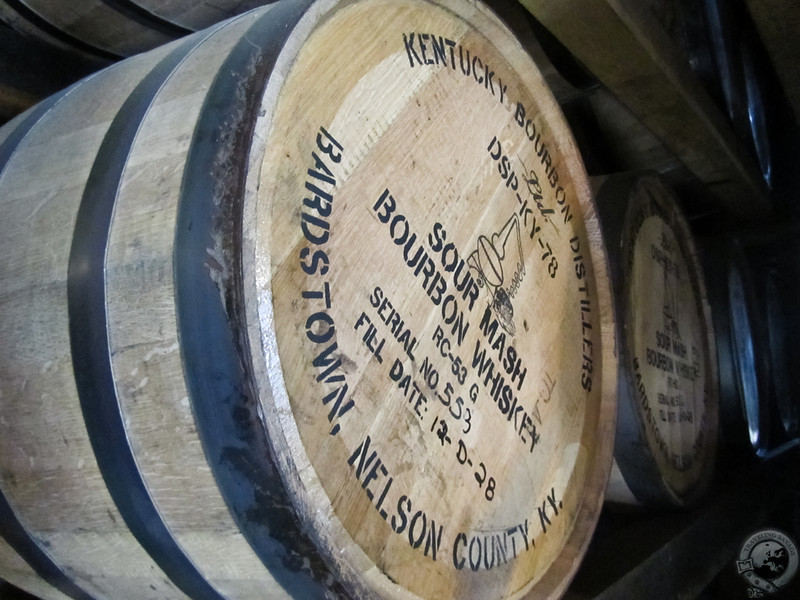
Thanks for this amazing walk through of how American Whiskey is still made! Incredible photos.
1 <3 whiskey